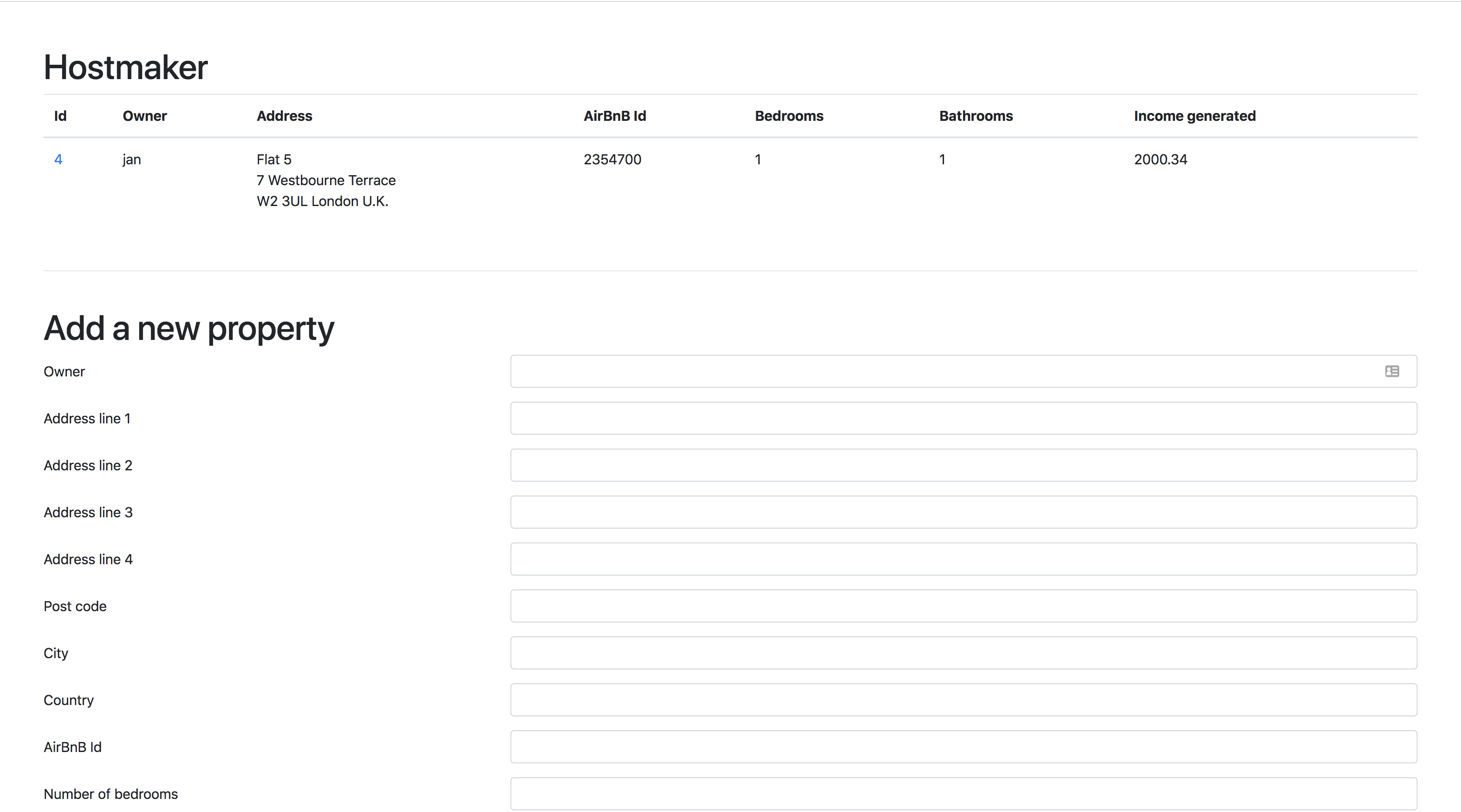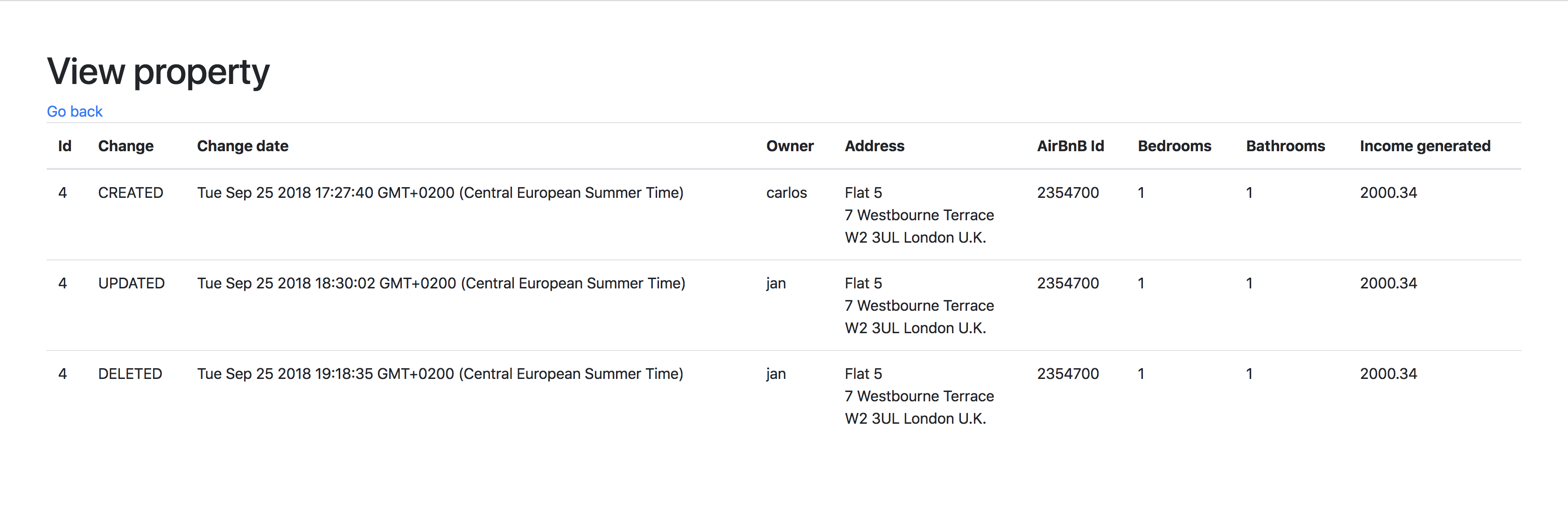Please use any choice of architecture pattern – either a standard server side rendered web-page or Web-Api that is used by JavaScript on the page. We would like to see if you can reason your choice.
SSR is used when:
- we need to make sure the website is easily accessible by clients without javascript (search engine bots for example)
- we want to reduce time it takes for users to see first content
CSR is used when:
- we want to minimize data sent over the network
- we want fast rendering after the initial load
We can use both approaches, so we SSR the initial page with some content and then use CSR to handle page navigation and other dynamic content.
In this assigment I used a simple SSR site with handlebars templates and a little bit of JS on the front-end to send forms because it's an admin panel that doesn't need extreme performance (not that it doesn't matter completely, but the focus should be on user facing apps), we don't have complex state to manage, it was faster to build.
- node
- npm
- docker / docker-compose
git clone git@bitbucket.org:slonka/hostmaker.git
cd hostmaker
docker-compose -f docker/mysql.yml up
npm install
node node_modules/.bin/sequelize db:migrate
npm test
npm start
Visit http://localhost:3000/ in your browser
From there you can see a list of properties 
Below you can see the form to add a property.
Clicking on property id you will see changes made to that entity 
You can find postman collection and environment in ./postman/ folder.
Add MYSQL_USERNAME, MYSQL_PASSWORD, MYSQL_DATABASE, MYSQL_HOST env variables, push to heroku git repository.
You can see a deployed version here: https://hostmaker-assignment.herokuapp.com/